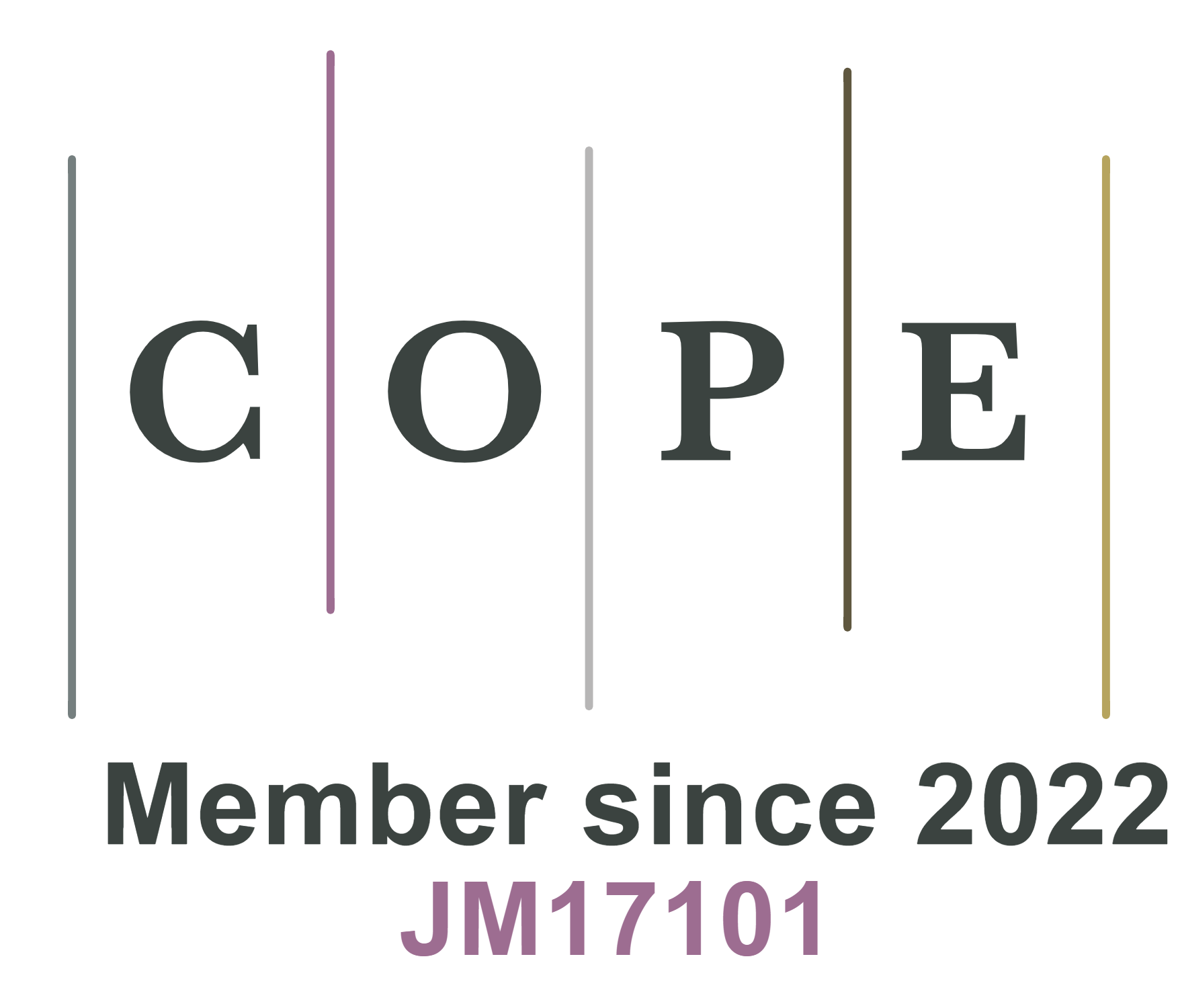REFERENCES
1. Prasankumar, T.; Salpekar, D.; Bhattacharyya, S.; et al. Biomass derived hierarchical porous carbon for supercapacitor application and dilute stream CO2 capture. Carbon 2022, 199, 249-57.
2. Muis, Z. A.; Hashim, H.; Manan, Z. A.; Taha, F. M.; Douglas, P. L. Optimal planning of renewable energy-integrated electricity generation schemes with CO2 reduction target. Renew. Energy. 2010, 35, 2562-70.
3. D’Alessandro, D. M.; Smit, B.; Long, J. R. Carbon dioxide capture: prospects for new materials. Angew. Chem. Int. Ed. 2010, 49, 6058-82.
4. Senthil, C.; Lee, C. W. Biomass-derived biochar materials as sustainable energy sources for electrochemical energy storage devices. Renew. Sustain. Energy. Rev. 2021, 137, 110464.
5. Liu, Z.; Yu, Q.; Zhao, Y.; et al. Silicon oxides: a promising family of anode materials for lithium-ion batteries. Chem. Soc. Rev. 2019, 48, 285-309.
6. Ariga, K.; Ji, Q.; Hill, J. P.; Vinu, A. Coupling of soft technology (layer-by-layer assembly) with hard materials (mesoporous solids) to give hierarchic functional structures. Soft. Matter. 2009, 5, 3562-71.
7. Singh, G.; Kim, I. Y.; Lakhi, K. S.; et al. Heteroatom functionalized activated porous biocarbons and their excellent performance for CO2 capture at high pressure. J. Mater. Chem. A. 2017, 5, 21196-204.
8. Davidraj, J. M.; Sathish, C.; Benzigar, M. R.; et al. Recent advances in food waste-derived nanoporous carbon for energy storage. Sci. Technol. Adv. Mater. 2024, 25, 2357062.
9. Vinu, A.; Srinivasu, P.; Takahashi, M.; Mori, T.; Balasubramanian, V. V.; Ariga, K. Controlling the textural parameters of mesoporous carbon materials. Micropor. Mesopor. Mater. 2007, 100, 20-6.
10. Vinu, A. Fabrication and electrocatalytic application of nanoporous carbon material with different pore diameters. Top. Catal. 2010, 53, 291-6.
11. Singh, G.; Bahadur, R.; Mee, L. J.; et al. Nanoporous activated biocarbons with high surface areas from alligator weed and their excellent performance for CO2 capture at both low and high pressures. Chem. Eng. J. 2021, 406, 126787.
12. Khosrowshahi, M. S.; Mashhadimoslem, H.; Shayesteh, H.; et al. Natural products derived porous carbons for CO2 capture. Adv. Sci. 2023, 10, e2304289.
13. Singh, G.; Kim, I. Y.; Lakhi, K. S.; Srivastava, P.; Naidu, R.; Vinu, A. Single step synthesis of activated bio-carbons with a high surface area and their excellent CO2 adsorption capacity. Carbon 2017, 116, 448-55.
14. Deng, J.; Li, M.; Wang, Y. Biomass-derived carbon: synthesis and applications in energy storage and conversion. Green. Chem. 2016, 18, 4824-54.
15. Sang, L. C.; Vinu, A.; Coppens, M. O. General description of the adsorption of proteins at their iso-electric point in nanoporous materials. Langmuir 2011, 27, 13828-37.
16. Sathish, C.; Kothandam, G.; Selvarajan, P.; et al. Ordered mesoporous boron carbon nitrides with tunable mesopore nanoarchitectonics for energy storage and CO2 adsorption properties. Adv. Sci. 2022, 9, e2105603.
17. Selvarajan, P.; Fawaz, M.; Sathish, C.; et al. Activated graphene nanoplatelets decorated with carbon nitrides for efficient electrocatalytic oxygen reduction reaction. Adv. Energy. Sustain. Res. 2021, 2, 2100104.
18. Ramadass, K.; Sathish, C. I.; MariaRuban, S.; et al. Carbon nanoflakes and nanotubes from halloysite nanoclays and their superior performance in CO2 capture and energy storage. ACS. Appl. Mater. Interfaces. 2020, 12, 11922-33.
19. Lei, Z.; Lee, J. M.; Singh, G.; et al. Recent advances of layered-transition metal oxides for energy-related applications. Energy. Stor. Mater. 2021, 36, 514-50.
20. Christina Mary AJ, Sathish CI, Murphin Kumar PS, Vinu A, Bose AC. Fabrication of hybrid supercapacitor device based on NiCo2O4@ZnCo2O4 and the biomass-derived N-doped activated carbon with a honeycomb structure. Electrochim. Acta. 2020, 342, 136062.
21. Singh, J.; Basu, S.; Bhunia, H. CO2 capture by modified porous carbon adsorbents: effect of various activating agents. J. Taiwan. Inst. Chem. Eng. 2019, 102, 438-47.
22. Vinu, A.; Hartmann, M. Characterization and microporosity analysis of mesoporous carbon molecular sieves by nitrogen and organics adsorption. Catal. Today. 2005, 102-3, 189-96.
23. Zhu, Y.; Cao, T.; Cao, C.; Ma, X.; Xu, X.; Li, Y. A general synthetic strategy to monolayer graphene. Nano. Res. 2018, 11, 3088-95.
24. Wang, X.; Zhang, Y.; Zhi, C.; et al. Three-dimensional strutted graphene grown by substrate-free sugar blowing for high-power-density supercapacitors. Nat. Commun. 2013, 4, 2905.
25. Liang, Y.; Li, Y.; Wang, H.; et al. Co3O4 nanocrystals on graphene as a synergistic catalyst for oxygen reduction reaction. Nat. Mater. 2011, 10, 780-6.
26. Li, X.; Zhang, G.; Bai, X.; et al. Highly conducting graphene sheets and Langmuir-Blodgett films. Nat. Nanotechnol. 2008, 3, 538-42.
27. Stankovich, S.; Dikin, D. A.; Dommett, G. H. B.; et al. Graphene-based composite materials. Nature 2006, 442, 282-6.
28. Geng, X.; Singh, G.; Sathish, C. I.; et al. Biomass derived nanoarchitectonics of porous carbon with tunable oxygen functionalities and hierarchical structures and their superior performance in CO2 adsorption and energy storage. Carbon 2023, 214, 118347.
29. Joseph, S.; Kempaiah, D. M.; Benzigar, M. R.; et al. Highly ordered mesoporous carbons with high specific surface area from carbonated soft drink for supercapacitor application. Micropor. Mesopor. Mater. 2019, 280, 337-46.
30. Ismail, I. S.; Singh, G.; Smith, P.; et al. Oxygen functionalized porous activated biocarbons with high surface area derived from grape marc for enhanced capture of CO2 at elevated-pressure. Carbon 2020, 160, 113-24.
31. Singh, G.; Lakhi, K. S.; Sathish, C.; Ramadass, K.; Yang, J. H.; Vinu, A. Oxygen-functionalized mesoporous activated carbons derived from casein and their superior CO2 adsorption capacity at both low- and high-pressure regimes. ACS. Appl. Nano. Mater. 2019, 2, 1604-13.
32. Nagaraju, G.; Cha, S. M.; Yu, J. S. Ultrathin nickel hydroxide nanosheet arrays grafted biomass-derived honeycomb-like porous carbon with improved electrochemical performance as a supercapacitive material. Sci. Rep. 2017, 7, 45201.
33. Prabu, S.; Chiang, K. Y. Natural bio-waste-derived 3D N/O self-doped heteroatom honeycomb-like porous carbon with tuned huge surface area for high-performance supercapacitor. Chemosphere 2024, 361, 142400.
34. Nallapureddy, J.; Sreekanth, T. V. M.; Pallavolu, M. R.; et al. Strategic way of synthesizing heteroatom-doped carbon nano-onions using waste chicken fat oil for energy storage devices. ACS. Appl. Mater. Interfaces. 2024, 16, 23334-43.
35. Liu, J.; Thallapally, P. K.; McGrail, B. P.; Brown, D. R.; Liu, J. Progress in adsorption-based CO2 capture by metal-organic frameworks. Chem. Soc. Rev. 2012, 41, 2308-22.
36. Patel, H. A.; Karadas, F.; Canlier, A.; et al. High capacity carbon dioxide adsorption by inexpensive covalent organic polymers. J. Mater. Chem. 2012, 22, 8431-7.
37. Su, F.; Lu, C. CO2 capture from gas stream by zeolite 13X using a dual-column temperature/vacuum swing adsorption. Energy. Environ. Sci. 2012, 5, 9021-7.
38. Heydari-Gorji, A.; Belmabkhout, Y.; Sayari, A. Polyethylenimine-impregnated mesoporous silica: effect of amine loading and surface alkyl chains on CO2 adsorption. Langmuir 2011, 27, 12411-6.
39. Lua, A. C.; Yang, T. Effect of activation temperature on the textural and chemical properties of potassium hydroxide activated carbon prepared from pistachio-nut shell. J. Colloid. Interface. Sci. 2004, 274, 594-601.
40. Ramirez, N.; Sardella, F.; Deiana, C.; et al. Capacitive behavior of activated carbons obtained from coffee husk. RSC. Adv. 2020, 10, 38097-106.
41. Yang, H.; Ye, S.; Zhou, J.; Liang, T. Biomass-derived porous carbon materials for supercapacitor. Front. Chem. 2019, 7, 274.
42. Girgis, B. S.; Temerk, Y. M.; Gadelrab, M. M.; Abdullah, I. D. X-ray diffraction patterns of activated carbons prepared under various conditions. Carbon. Lett. 2007, 8, 95-100.
43. Marco-Lozar, J. P.; Kunowsky, M.; Suárez-García, F.; Linares-Solano, A. Sorbent design for CO2 capture under different flue gas conditions. Carbon 2014, 72, 125-34.
44. Lee, S. Y.; Park, S. J. Determination of the optimal pore size for improved CO2 adsorption in activated carbon fibers. J. Colloid. Interface. Sci. 2013, 389, 230-5.
45. Casco, M. E.; Martínez-Escandell, M.; Silvestre-Albero, J.; Rodríguez-Reinoso, F. Effect of the porous structure in carbon materials for CO2 capture at atmospheric and high-pressure. Carbon 2014, 67, 230-5.
46. Li, C.; Li, Y.; Shao, Y.; et al. Activation of biomass with volatilized KOH. Green. Chem. 2023, 25, 2825-39.
47. Heymann, K.; Lehmann, J.; Solomon, D.; Schmidt, M. W. I.; Regier, T. C 1s K-edge near edge X-ray absorption fine structure (NEXAFS) spectroscopy for characterizing functional group chemistry of black carbon. Org. Geochem. 2011, 42, 1055-64.
48. Latham, K. G.; Simone, M. I.; Dose, W. M.; Allen, J. A.; Donne, S. W. Synchrotron based NEXAFS study on nitrogen doped hydrothermal carbon: insights into surface functionalities and formation mechanisms. Carbon 2017, 114, 566-78.
49. Kikuma, J.; Yoneyama, K.; Nomura, M.; et al. Surface analysis of CVD carbon using NEXAFS, XPS and TEM. J. Electron. Spectrosc. Relat. Phenom. 1998, 88-91, 919-25.
50. Ganguly, A.; Sharma, S.; Papakonstantinou, P.; Hamilton, J. Probing the thermal deoxygenation of graphene oxide using high-resolution in situ X-ray-based spectroscopies. J. Phys. Chem. C. 2011, 115, 17009-19.










